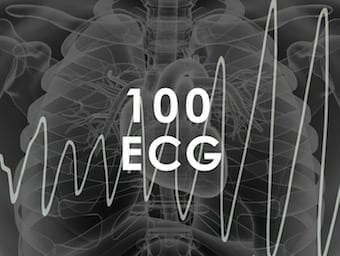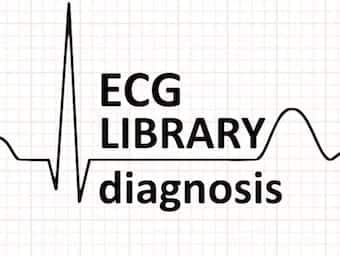
Subarachnoid Haemorrhage Grading Systems
Subarachnoid Haemorrhage Grading Systems: GCS; Hunt and Hess; WFNS; Fisher; Claassen; Ogilvy and Carter

Subarachnoid Haemorrhage Grading Systems: GCS; Hunt and Hess; WFNS; Fisher; Claassen; Ogilvy and Carter

SAH ICU Management: Follows initial management of SAH; FASTS HUGS IN BED Please applies; certain aspects have particular relevance

SAH initial management includes: resuscitation; specific treatment; supportive care and monitoring; disposition

Subarachnoid Haemorrhage: Prognostication - some factors are modifiable; mortality rates currently ~35%; 15% die prior to reaching hospital; 8-20% long-term dependence

Vasospasm in SAH: vasospasm = dynamic narrowing of vessels due to a radiological diagnosis; delayed neurological deterioration (DND) is clinically detected neurological deterioration after stabilisation not due to re-bleeding, may be due to multiple other causes; delayed cerebral ischaemia (DCI) is any neurological deterioration >1 hour that presumed due to ischemia, and other causes excluded

You manage a young male with a subarachnoid haemorrhage. You are called to review because the patient has started to pass green urine

Young male found collapsed at home, apparently intoxicated. What does the ECG show?

ECG changes seen with raised intracranial pressure (ICO) / intracranial haemorrhage and subarachnoid haemorrhage with ECG examples
Are we dealing with myth or medicine, dogma or doggy doo, science or sophistry? Question: What causes T wave inversion on the ECG in the setting of some subarachnoid haemorrhages? Current explanation Because the sympathetic storm induced causes subendocardial myocardial…